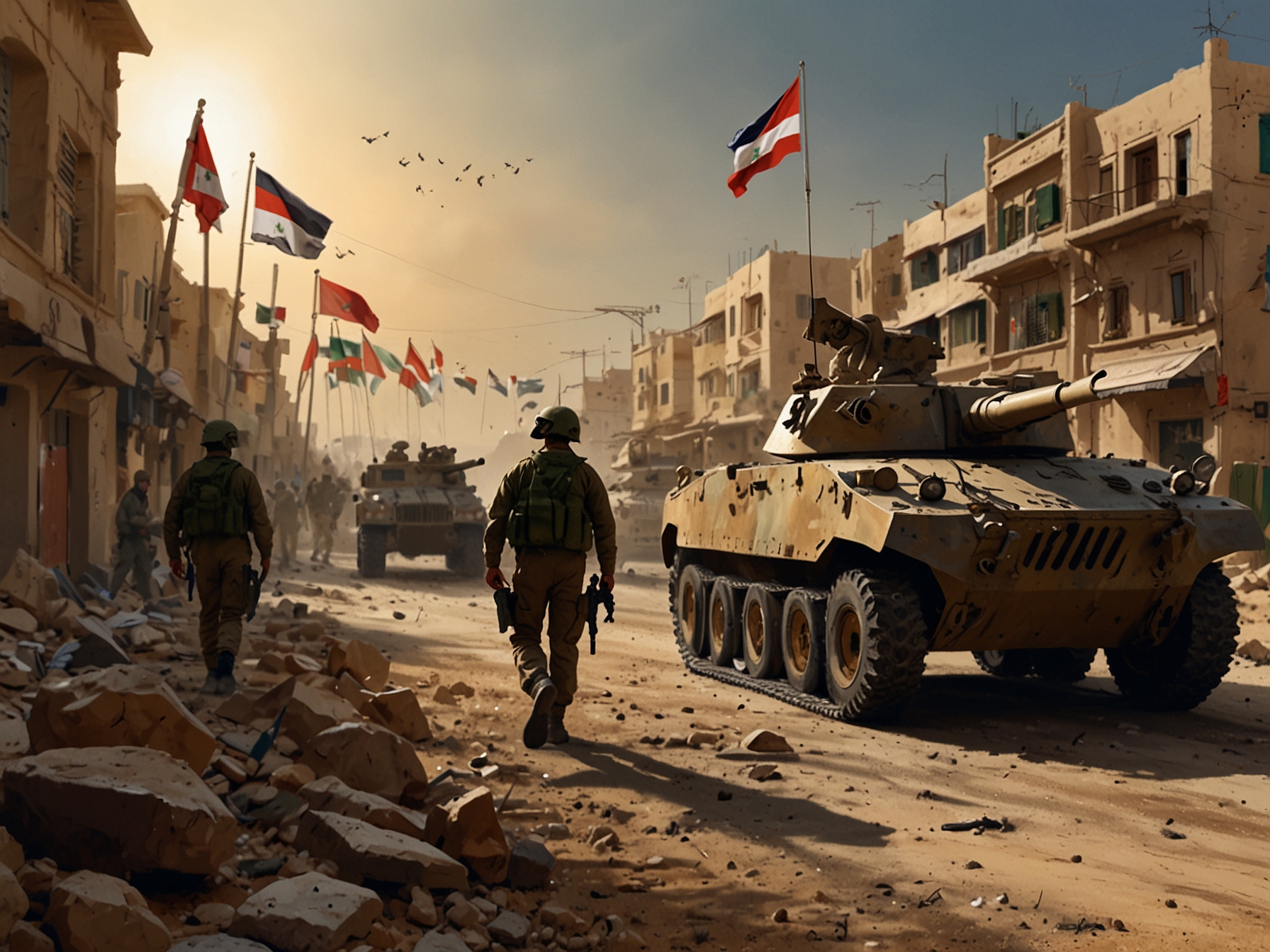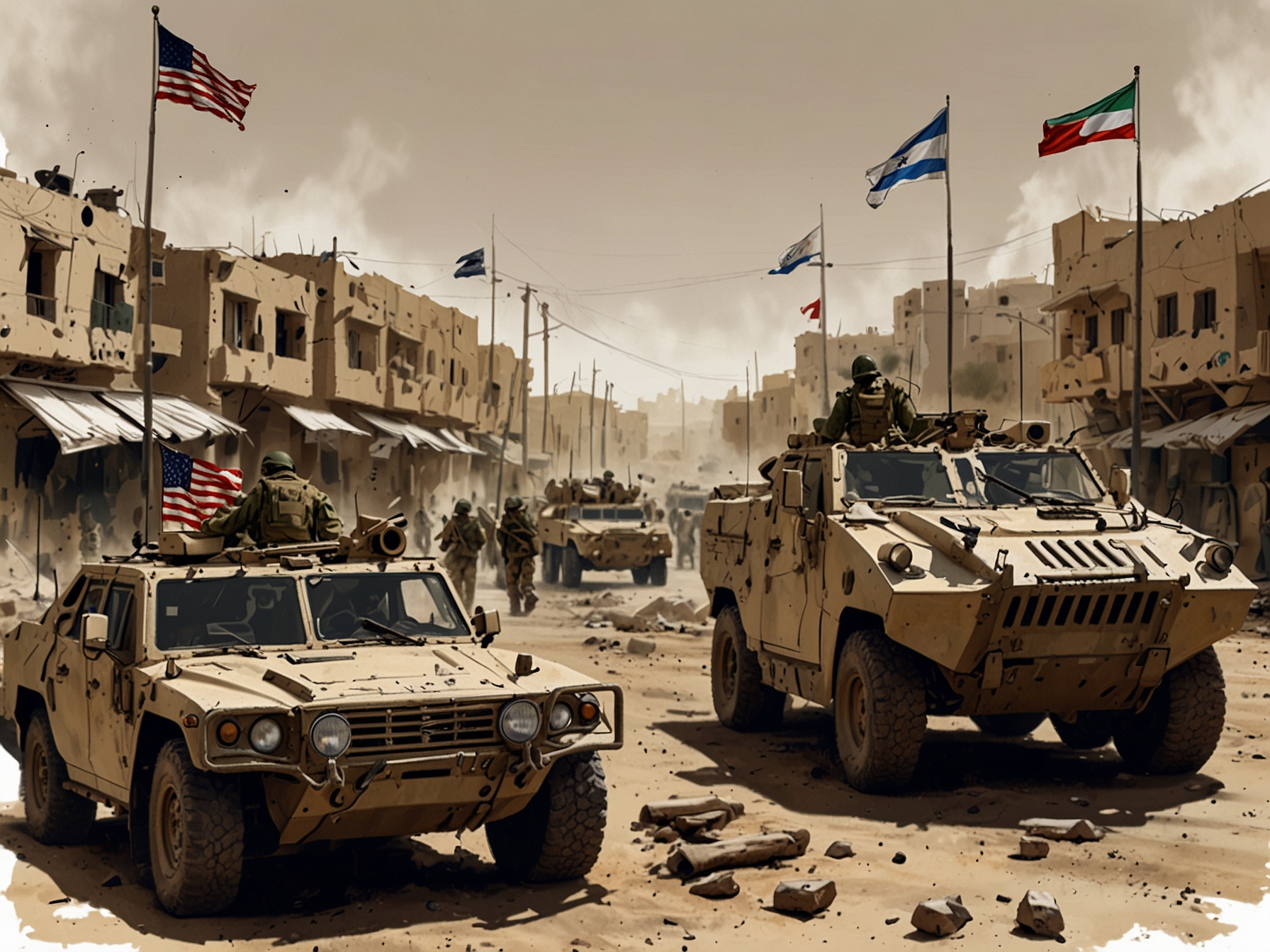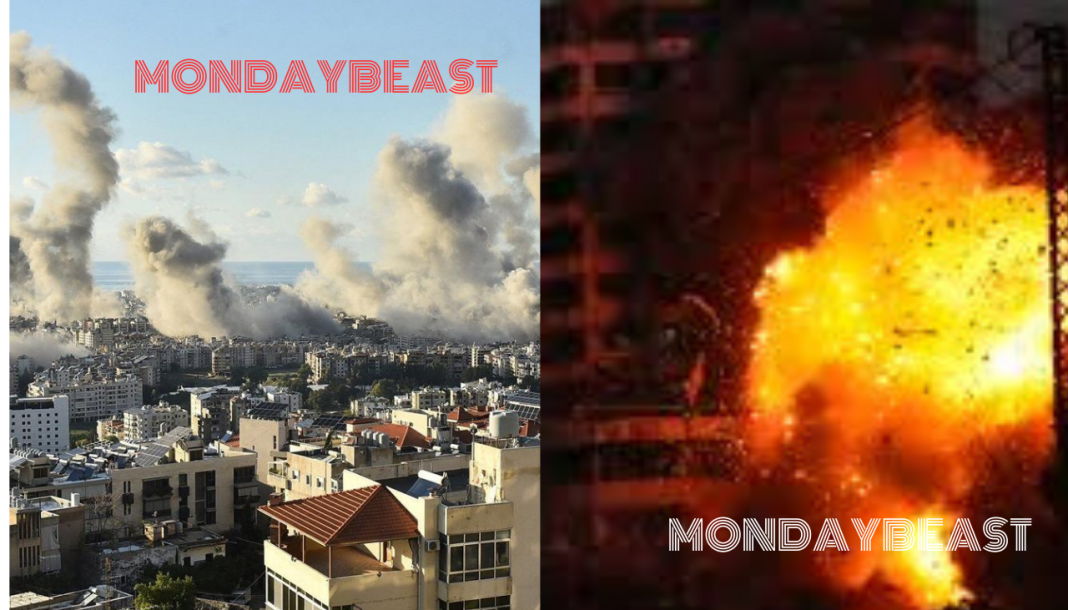The ceasefire between Israel and Lebanon is a story of hope and uncertainty. With a backdrop of ongoing conflict, many are left wondering what this means for the future of the region. Can a truce really pave the way for lasting peace?
After months of intense fighting, the Israeli cabinet approved a ceasefire deal by a sweeping vote of 10-1. The U.S. and France played vital roles in brokering this agreement, highlighting the international community’s desire for stability. President Biden labeled it a ‘new start’ for Lebanon, but is it really?

As the ceasefire takes effect, Hezbollah’s absence from negotiations raises eyebrows. The armed group has long been a key player in the region, and its stance could complicate matters. Interestingly, parliamentary speaker Nabih Berri represented Hezbollah in talks.
With firing supposed to pause on both sides, Prime Minister Benjamin Netanyahu warns that any violation will be met with force. This precarious balance poses risks. Is this truce strong enough to withstand pressure?
Netanyahu also points to a shift in focus toward Gaza amid the ceasefire. With Hezbollah sidelined, Israel’s military can concentrate on Hamas. Indeed, the Prime Minister’s words echo a commitment to obliterate Hamas and secure the return of hostages.

Lebanon appears poised for an increased military presence in the south. A planned withdrawal of Israeli troops will occur over 60 days, while Hezbollah is expected to retreat northward. This phased approach raises questions: Will this lead to more stability?
Just before the ceasefire began, however, Israel launched significant airstrikes on Beirut. Such actions kept tensions high. Misinformation often clouds perceptions of events. Who benefits when clarity is lost?
The broader Middle Eastern conflict, particularly between Israel and Hamas, continues to escalate. These two fronts complicate any potential for lasting peace. The Iranian factor adds another layer of complexity. How do regional dynamics shape local conflicts?

President Biden suggests this ceasefire as a stepping stone towards ending hostilities in Gaza. Can this temporary pause break the vicious cycle of violence? The political ramifications could be profound.
As the world watches, how do we interpret these actions? Will Lebanon and Israel seize this opportunity or fall back into old habits? The local populace yearns for peace, but only time will reveal its sustainability.
In the case that this ceasefire holds, it could lead to positive change. The Lebanese people have suffered greatly, and a truce could deliver relief. Alternatively, one can’t help but think: Will this merely be a momentary break in hostilities?
Public sentiment is mixed. Many hope for peace, while others are skeptical. The truth is, actions often speak louder than words. And as history unfolds, the world holds its breath to see what lies ahead.




